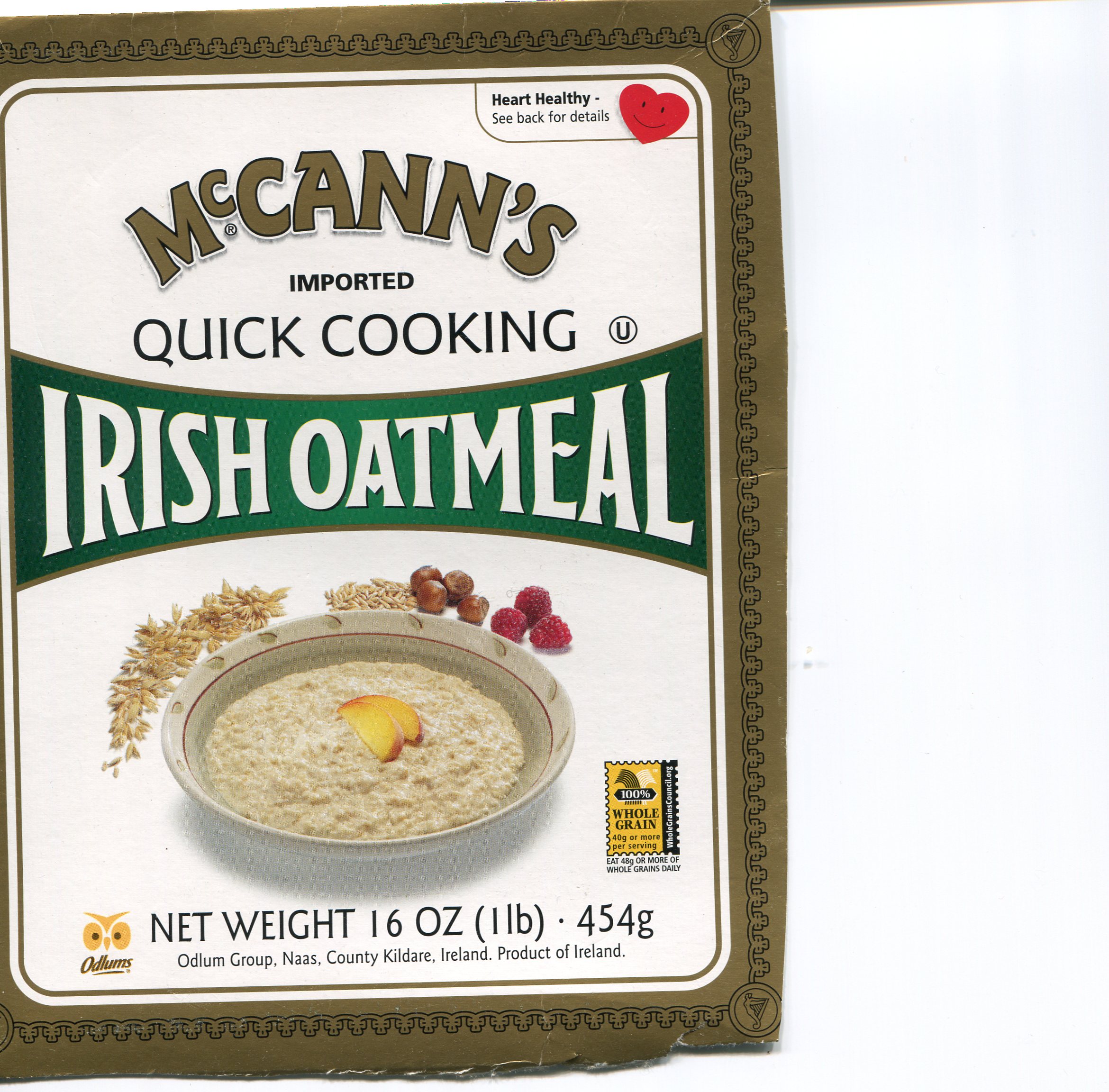Avoid Alienating (nearly) Anybody
Marketing communications is about persuading people that your product, service or organization offers something that is of value to them. It’s really that simple. How you do it may not be so simple as there are many different strategies and tactics that you can use. Perhaps you will show the benefits of the product, perhaps you will make people feel good about choosing your service. But, whatever you do, you should not alienate your audience.
Businesses and organizations can alienate their customers and supporters by taking certain negative actions. Perhaps it is raising prices or cutting back services. Sometimes unpopular actions are necessary, which is why how you communicate those actions becomes even more important. In fact, taking a negative action does not have to translate into alienation if it is handled correctly. Perhaps, you work on making the case more forcefully.
Yet, how often do we see companies doing things that alienate their audiences? We see it often. Two recent examples stand out for me: Facebook with its privacy problems and Spirit Airlines with its decision to charge for carry-on bags. Both situations have been widely reported in the media, and both companies have done a mediocre job of explaining why they have taken those decisions. Facebook seems to think that what benefits it as a company should benefit you as customer. And Spirit actually claims that by charging for carry on baggage you benefit from lower fares. Both companies insult their customers’ intelligence, thus, alienate them.
Here are a few tips to avoid alienating your customers
- If you must take a negative action, explain it from your own perspective before the media/others do it for you.
- Don’t underestimate your audience’s intelligence: they can usually see right through a bad explanation.
- When you communicate, avoid being too self-promoting or too self-serving. You customers and supporters are more interested in what you can do for them than in what you did for yourself.
- Be forthright and say what you mean.
- Research! It is amazing how many organizations and companies don’t understand who their audiences are and what they want.
- Offer good-will gestures. If you’ve done something that is bad (cancelled a concert for instance), give your customers a carrot (make it easy to get money back, give an additional discount, etc.).
How do you think companies can avoid alienating customers?


